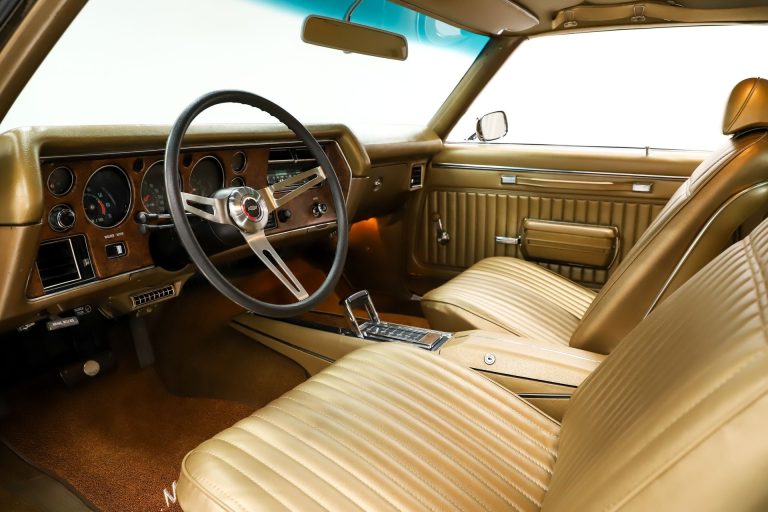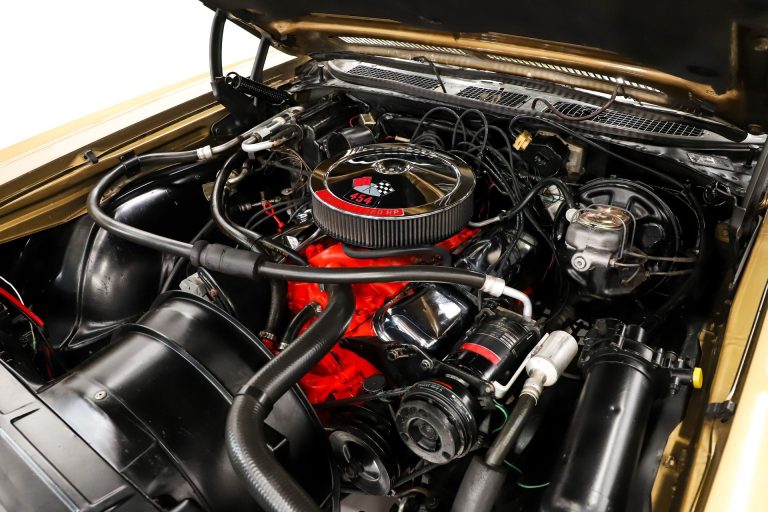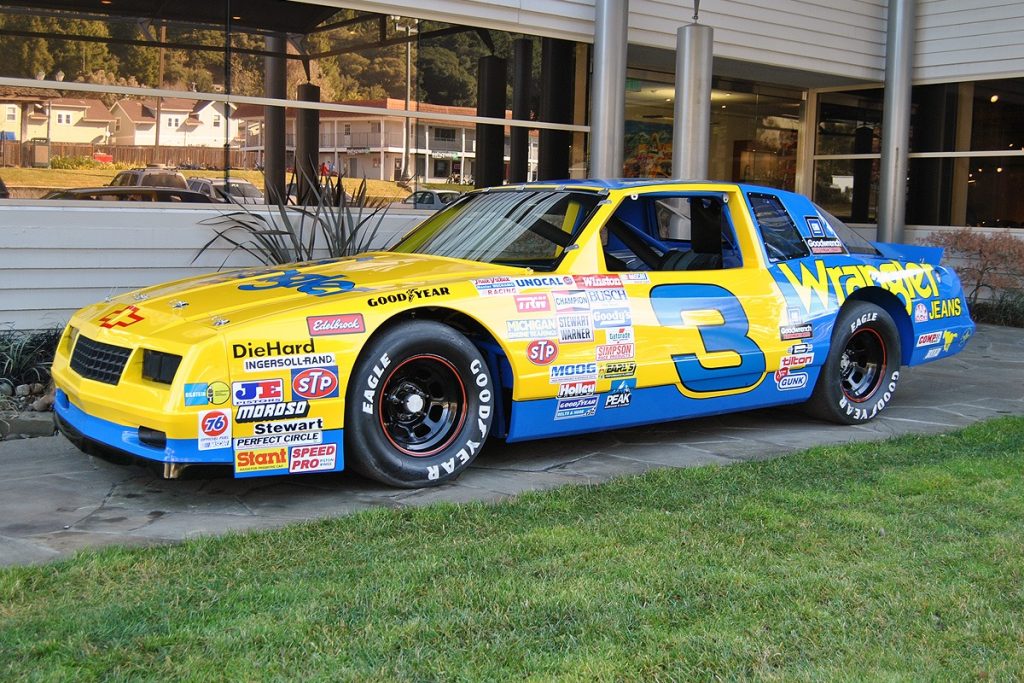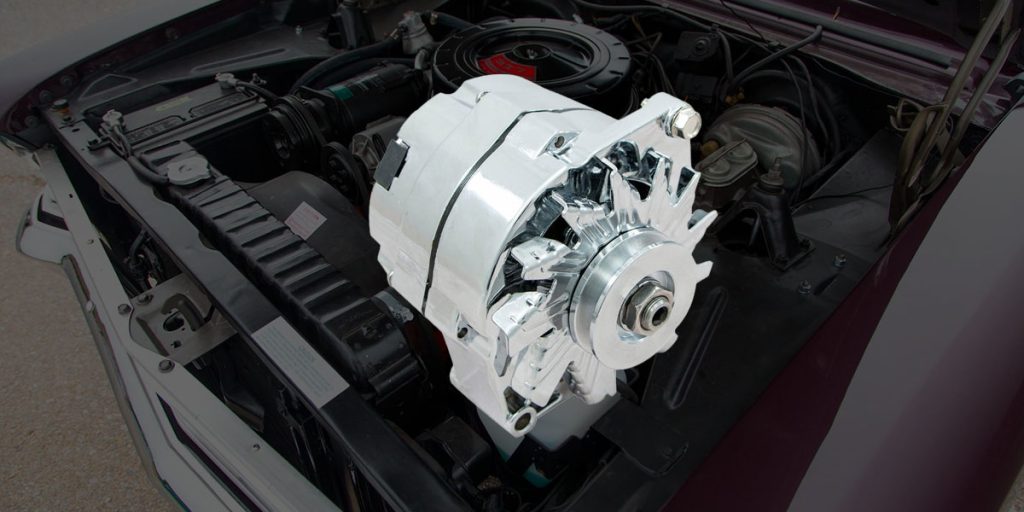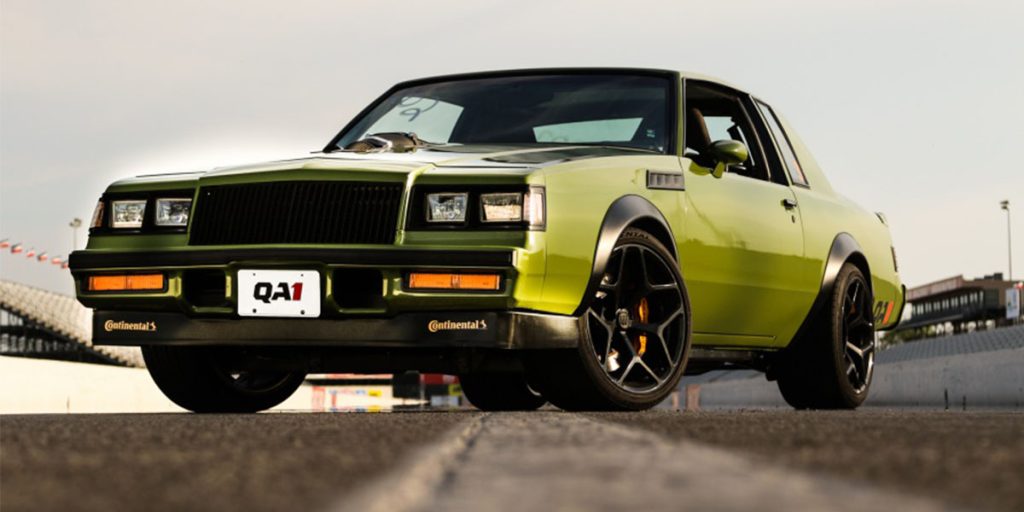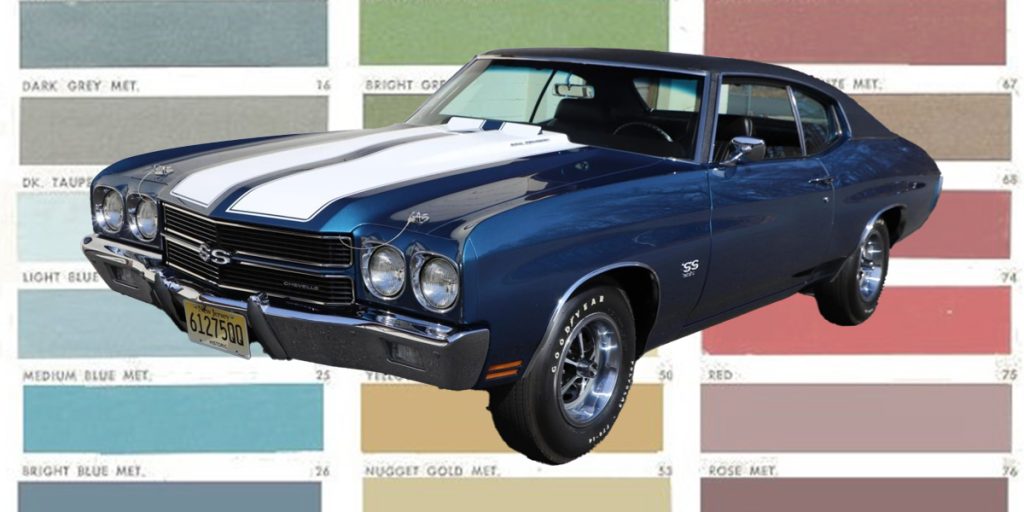When Chevrolet unveiled the Monte Carlo in 1970, it wasn’t just another mid-size coupe, it was the brand’s answer to the personal luxury trend sweeping Detroit. On paper, it shared its chassis with the Chevelle, but in reality, it carved out its own niche: a stylish, long-hood, short-deck coupe that combined muscle car power with luxury car manners. Did you know the 1970-1972 Monte Carlos have the longest hood GM has ever produced?
The Monte Carlo wasn’t built to burn through quarter miles, though it could. The Monte Carlo was built to make an impression while doing it.
Monte Carlo - A Muscle Car in a Suit and Tie
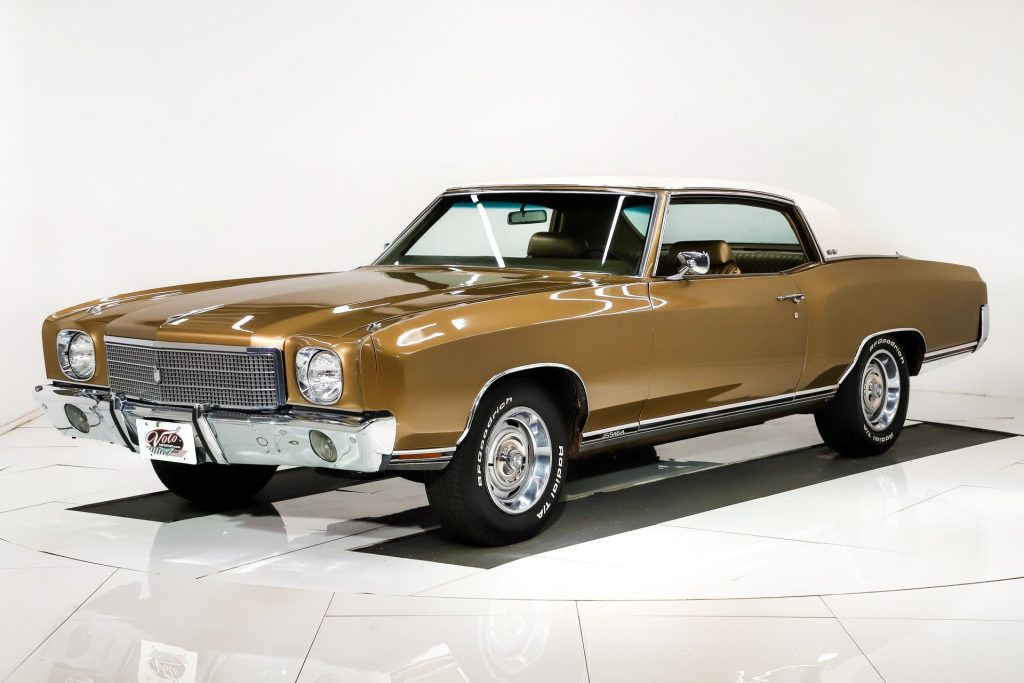
At its core, the Monte Carlo was a gentleman’s muscle car — all the performance of a Chevelle SS wrapped in a tailored package of chrome, vinyl, and refinement. Chevrolet’s marketing called it “A fine car at a Chevrolet price,” but enthusiasts quickly learned it could run with the big boys. Underneath the sculpted hood sat everything from the mild 350 small-block to the fearsome LS5 454 big-block V8, producing a factory-rated 360 horsepower and 500 lb-ft of torque.
With its longer 116-inch wheelbase (two inches more than the Chevelle), the Monte Carlo rode smoother, quieter, and more composed at highway speeds. Yet if you ticked the right boxes — namely, the SS 454 package (RPO Z20) — you were rewarded with a heavy-hitting drivetrain straight out of the Chevelle SS, complete with a Turbo Hydra-Matic 400 transmission, 3.31:1 rear gears, and F41 suspension. It wasn’t a track car, but it could deliver effortless, tire-roasting torque at will.
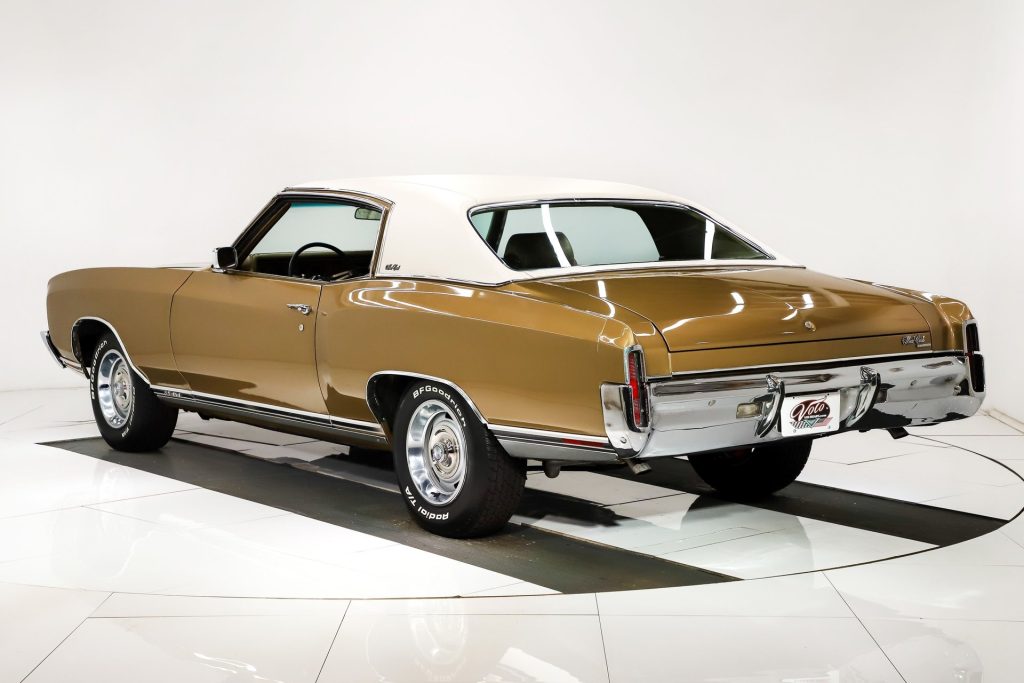
The SS 454 — Where Luxury Met Lethality
The 1970 Monte Carlo SS 454 remains the high-water mark of the breed. Only about 3,823 were built, making it a rare find today. It came standard with power front disc brakes, heavy-duty springs and shocks, and subtle badging that hinted at what lurked beneath the hood. Unlike the loud, stripe-wearing muscle cars of the era, the Monte Carlo SS was understated and a sleeper in a tuxedo.
The SS badge quietly disappeared after 1971, and by 1972, the Monte Carlo had transitioned into a more comfort-oriented grand tourer. The big-blocks were still optional, but horsepower ratings were now measured in SAE net and dropped to 270 hp. What remained was the feel: the sound of a Quadrajet four-barrel breathing deep under a long hood, the heavy doors closing with authority, and the sense that you could cruise all day with one finger on the wheel and still light up the rear tires if provoked.
Monte Carlo - The Forgotten Years - 1973-1977
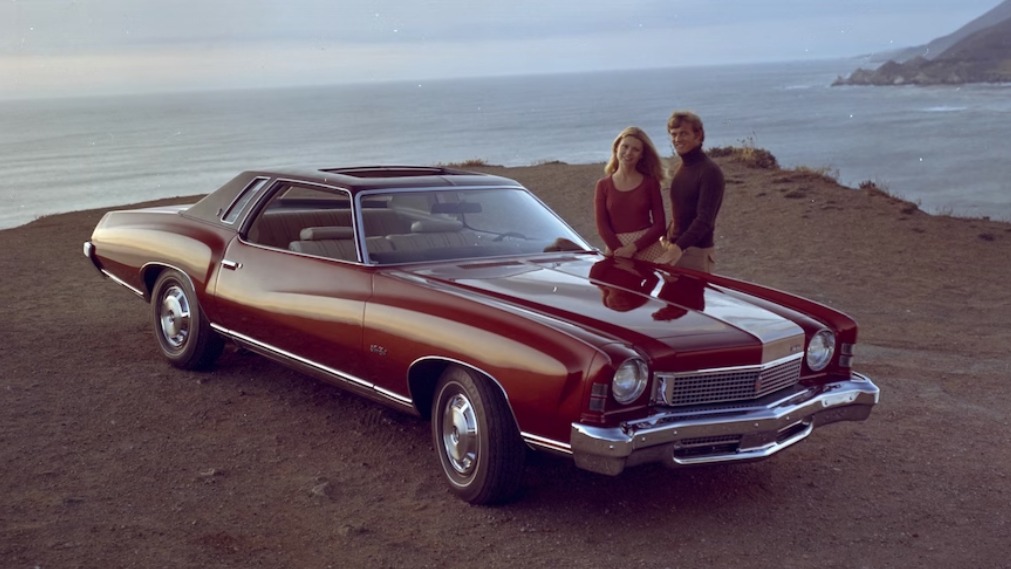
As the 1970s rolled on, the Monte Carlo followed the rest of Detroit toward softer styling, smaller engines, and greater luxury. The second-generation (1973–1977) models traded raw power for opera windows, padded vinyl tops, and plush interiors. Chevrolet sold plenty of them too with the 1977 model year alone saw over 400,000 units. But by then, the Monte Carlo had drifted far from its muscular roots.
Still, for those who remember, the first-generation 1970–1972 Monte Carlos stand apart. They represented a brief moment when Chevrolet perfectly blended performance, comfort, and class – before emissions, insurance costs, and changing tastes reshaped the landscape.
The G-Body Revival — When the Monte Carlo Got Its Swagger Back
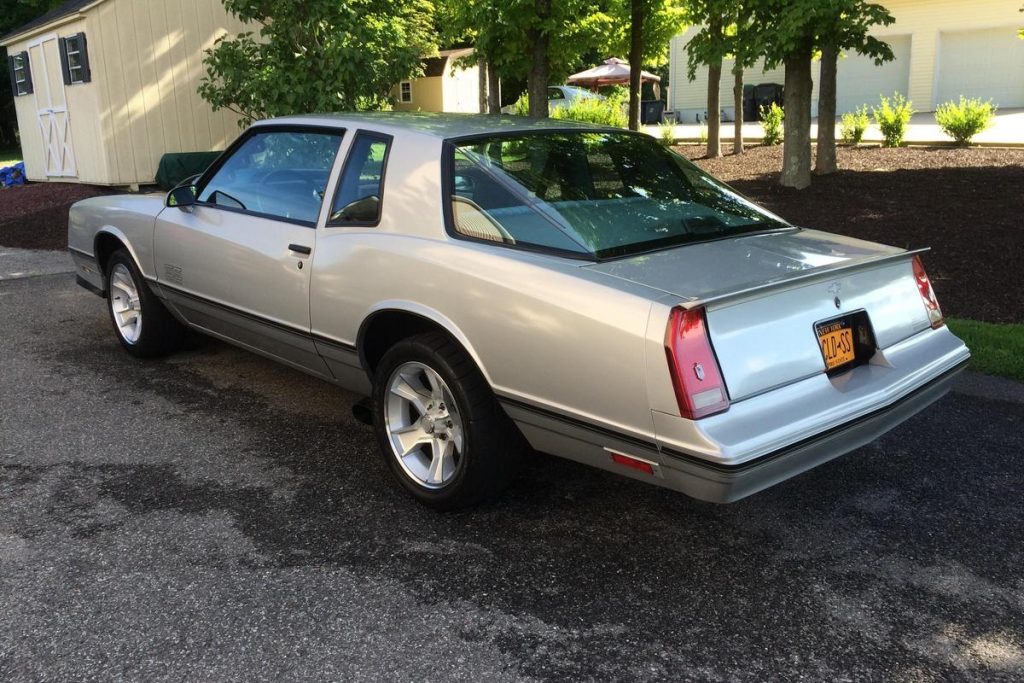
In the early 1980s, the Monte Carlo found new life on the G-body platform, bringing back some of the spirit that made the original so special. The 1983 Monte Carlo SS reintroduced performance styling to Chevy’s lineup with sharper lines, sportier suspension, and a 305-cubic-inch HO small-block under the hood. It wasn’t a powerhouse by early muscle car standards, but it brought back attitude, offering 180–200 horsepower, a 4-speed overdrive automatic, and plenty of midrange punch.
The Monte Carlo SS quickly became a street favorite and a NASCAR legend. The sleek Aero Coupe, built to improve track aerodynamics, cemented its place in racing history, especially when driven by icons like Dale Earnhardt. By the time production ended in 1988, the Monte Carlo had proven that Chevy could still blend style, comfort, and performance even in a new era.
Rediscovering the Gentleman’s Muscle Car
Today, the Monte Carlo is finally getting the recognition it deserves. For years it sat in the shadow of its more famous siblings such as the Chevelle SS, the Camaro Z/28, and the Nova SS But collectors have taken notice. Prices for clean, original first-gen cars have been climbing steadily, and true SS 454s are among the most sought-after GM muscle cars of the era.
Part of its appeal lies in versatility. The Monte Carlo offers muscle car attitude with long-distance comfort which is ideal for the enthusiasts who wants to drive, not just display. Restomods featuring modern LS or LT engines have become increasingly popular, merging the car’s timeless lines with modern reliability and power.
A Legacy Worth Remembering
The Chevrolet Monte Carlo may have been marketed as a personal luxury coupe, but under the skin, it carried the heart of a muscle car. It was powerful, poised, and quietly confident. It’s a car for drivers who preferred torque over flash and style over noise.
In the hierarchy of classic Chevrolets, the Monte Carlo stands as the gentleman’s alternative to the Chevelle with the muscle car you could take to dinner, not just the drag strip. And in that, it remains one of Chevy’s most misunderstood, underrated, and quietly brilliant creations.
If you need any parts for your Monte Carlo, give our friendly techs a call at (203) 235-1200 or hop on SS396.com!

